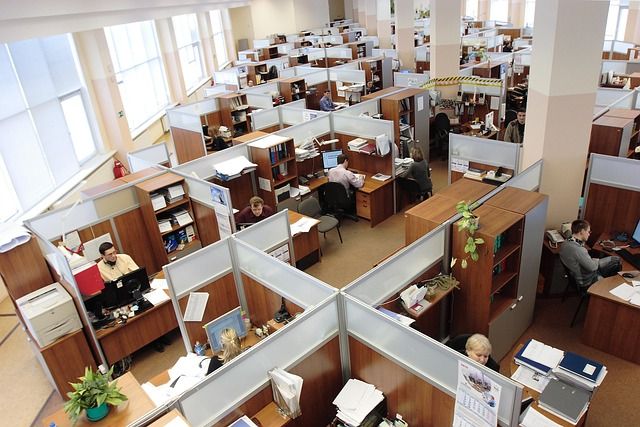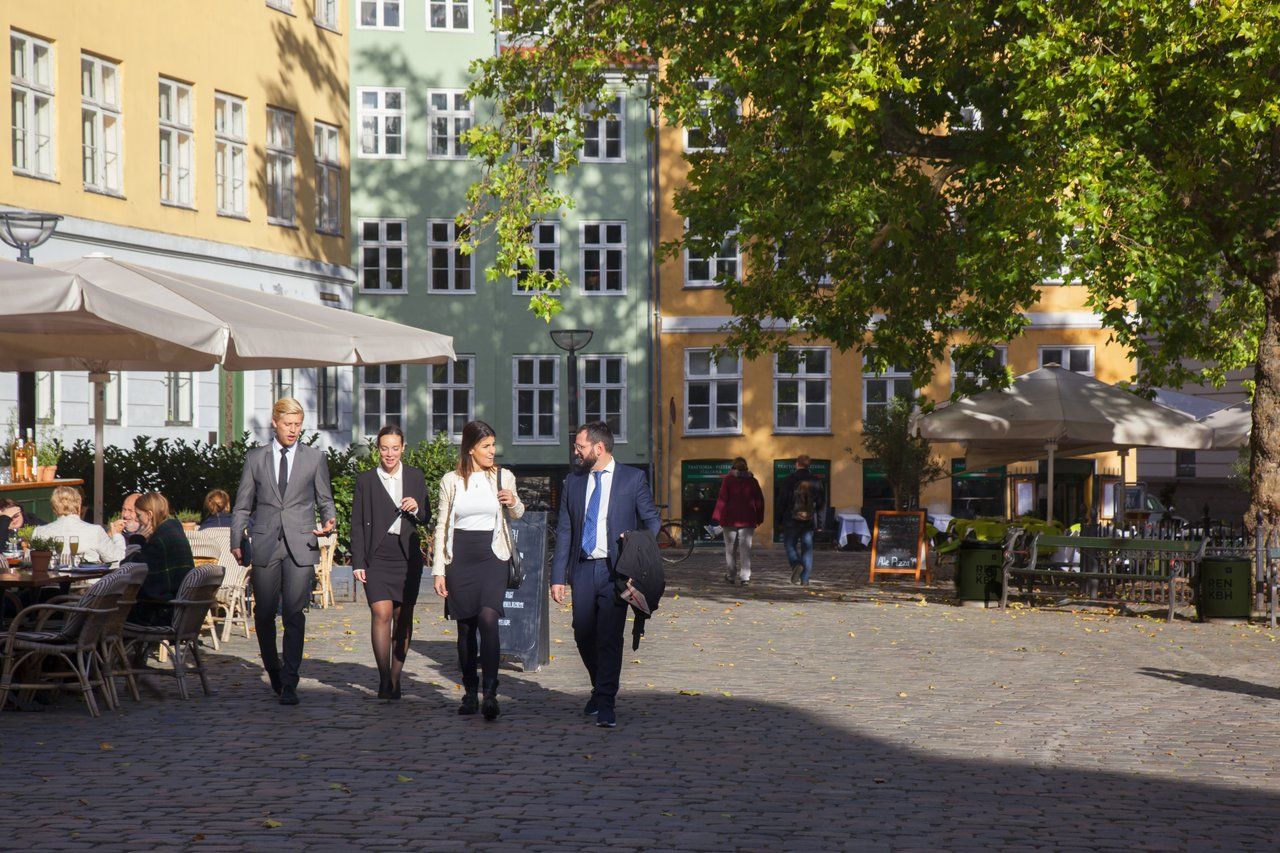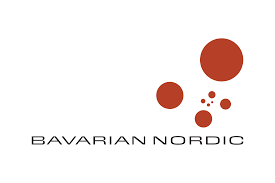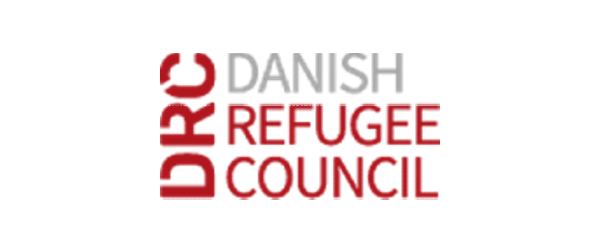In a bid to make Scandinavia more competitive on the global scene, the ambitious ‘The Scandinavian 8 Million City’ project is investigating the possibility of linking Denmark, Sweden and Norway by high-speed train.
Linking Copenhagen, Malmö, Gothenburg and Oslo will connect the about eight million Scandinavians living in the area. So far, 14 partners from the three nations have taken part in the project, including Copenhagen City Council and the capital region, Region Hovedstaden.
“The Scandinavian cities and regions are individually too small to compete in the global market. Attracting competence and qualified labour demands a large population,” Floire Nathanael Daub, a project manager for ‘The Scandinavian 8 Million City’, told Metroxpress newspaper.
"The north’s most populous area is found in the corridor between Oslo and Copenhagen.”
There are no official initiatives in play as of yet, since the EU-supported project has been in its planning phase since 2011, but project organisers hope the high-speed train connection could be ready by 2025.
READ MORE: Less vehicles using the Øresund Bridge
Linking northern Europe
The project organisers believe the link will make it possible to make the 600km journey from Copenhagen to Oslo in 2.5 hours and they expect up to 9 million passengers would take advantage of that possibility every year. Currently, the Copenhagen-Oslo train connection takes eight hours.
From a Danish perspective, the Copenhagen-Oslo connection is viewed as an eventual extension of the Femern Bridge connection to Germany, which is expected to be completed by 2021.
“It’s a good project because we need to link our nations and regions closer to northern Europe,” Frank Jensen, the mayor of Copenhagen, told Metroxpress.
“Efficient infrastructure generates growth and jobs, and so I particularly focus on ensuring better connections across Øresund and the possibility of high-speed trains from Copenhagen to Hamburg, when the Femern connection is up and running.”














